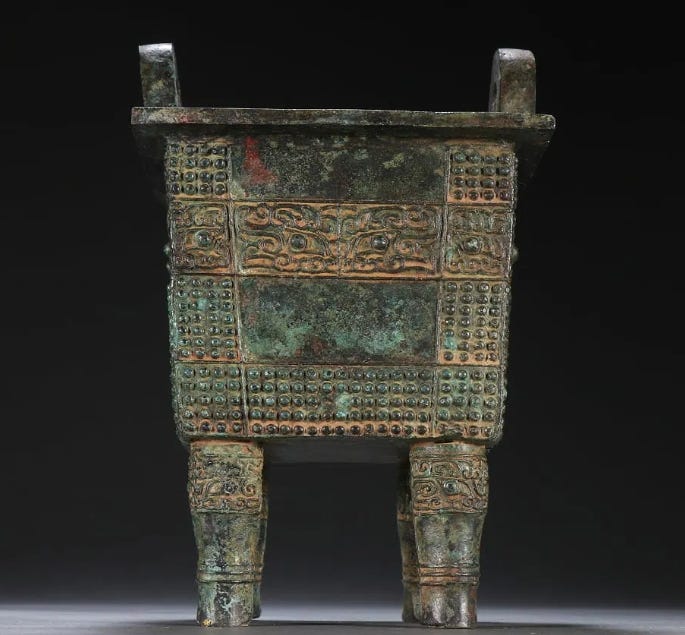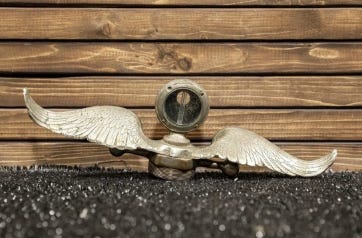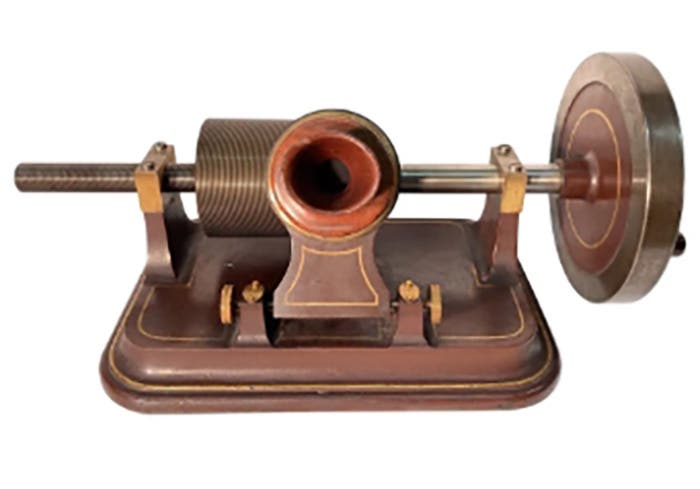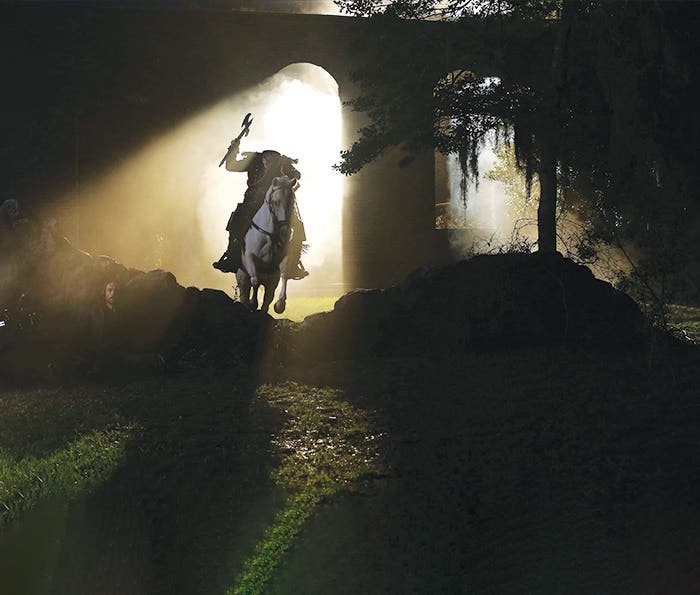Avoid falling victim to the ‘sunk cost fallacy’
Despite our claims to being rational thinkers, the fact is we oft en make important decisions today based on what we have invested in the past. In his latest Behind the Gavel column, Wayne Jordan shows us why this isn’t always in our best interest.
In the following scenario, what would you do if you were the dealer involved? At an estate auction you find a lovely Nickelodeon (coin-operated player piano with drums, etc.) that seems to be in working order. The auctioneer claims that it “has been partially restored and plays well. Just needs tuning.” You check WorthPoint.com and find that a similar item recently sold for $9,850. When you’re the winning bidder at $750 you think you’ve struck gold.
You hire piano movers to take it to your shop, and that sets you back another $175. You call to get the piano tuned, and the tuner tells you that it can’t be tuned; it needs new tuning pins. And, by the way, as long as you’re getting new pins, new strings would be beneficial. Of course, the piano must be moved to the tuner’s shop and back at a cost of $175 each way. New strings and pins cost $1,200. You have $925 invested so far; do you spend another $1,550 on top of that to realize a potential profit of $7,375? Your total investment will be $2,475; you’ll almost triple your money when it sells so you decide that it’s worth the risk. And besides, you already have about $1,000 invested and you don’t want to throw that money away.
Once the work is done the piano sits in your shop for five years. Along the way, you pay to have it tuned regularly and an occasional note repaired. Your customers enjoy hearing it play, but priced at $10,900 none offer to buy it. One Saturday a customer offers you $1,500 for the instrument; it’s the only offer you’ve ever had. Do you take it? Or do you hold on to the piano in the hope that you will at least recoup your costs?
If you said “Keep the piano until I can recoup the costs,” then you side with the majority of the American population. In his best-selling book “Thinking Fast and Slow” [bit .ly/ATBHG81915], Nobel Prize winning psychologist Daniel Kahneman recounts the results of his 1970s and ’80s studies on how humans make decisions. Humans, he says, place much more emphasis on avoiding losses than they do on maximizing gains. When faced with a risky proposition, most people will refuse the risk unless the promised payoff is at least double the potential loss.
Despite our claims to rational thinking, the fact is that our decisions are tainted by our emotional and financial investments. The more we have invested in something, the harder it is to abandon. Business schools caution students against making decisions based solely on past investments. To do so is to fall for the “sunk cost fallacy.” That is, to continue on a particular path because you have invested so much into it in the past. “I have a degree in chemistry so I should work in the sciences” or “I have twenty years on this job so I’ll keep it even though I want to be a musician” or “I paid $100 for this inventory item and I’ll be darned if I’ll sell it for any less than that.”
All the costs associated with these positions are sunk costs: The time and money has been spent and nothing you will ever do will get it back. Like dropping your phone overboard on a ferry ride, these costs have sunk to the river bed.
Back in 1985, Hal Arkes and Catherine Blumer of the University of Ohio created an experiment that illuminated the fuzzy thinking that ensues when folks are confronted with sunk cost decisions [bit .ly/ATBHGb81915].
Their test subjects were told to assume that they had purchased a Michigan ski vacation ticket for $100. Shortly thereafter, they were presented with a deluxe ski vacation in Wisconsin for $50 and they purchased that ticket as well. Then, the subjects discovered that the two trips overlapped and they could only take advantage of one offer.
Over half the participants in the study chose to take the $100 “good” trip over the $50 “deluxe” trip. Why, when they had already spent the money and couldn’t get any of it back, would anyone decide to take the lesser of the two trips? Because a $100 loss is greater than a $50 loss, that’s why.
They made the classic mistake in considering sunk costs: they failed to realize that the best choice was to choose the trip that promised the best experience in the future, rather than choose the trip that would lessen their feeling of loss in the present.
In my estate business, I’ve seen seniors downsize into smaller homes but put their excess furniture and personal property into storage. Do they need the items? No. Will they use them? No. They just can’t bring themselves to give them up — they have fallen for the sunk cost fallacy.
I had one client who actually built a barn to hold all of the possessions he wasn’t willing to let go when he downsized to an apartment. Eventually, his heirs will have to remove the mildewed property from storage and dispose of it (at great cost to the estate). I’ve seen antique dealers hold onto unsaleable inventory until that’s all they had left in their shop, and they eventually found themselves
in bankruptcy court because they had no “newer” merchandise to sell.
If the future you envision for yourself doesn’t include a particular partner, employee, building, equipment, inventory, investment, or location, then you do yourself a great disservice by dragging it into the future with you.
If there are things that you “wish you could get rid of,” then why haven’t you? The time and money you have invested can’t be recouped. It’s gone; it can never be recovered. Holding on to those things will, however, continue to cost you time and money. Why allow the past to hobble your future?
Don’t fall prey to the sunk cost fallacy. Dump the baggage that is holding you down and move on. The sense of freedom that you will experience by doing so is almost miraculous.








